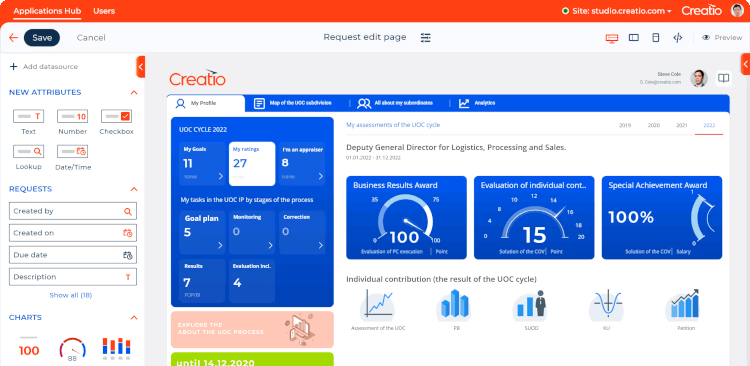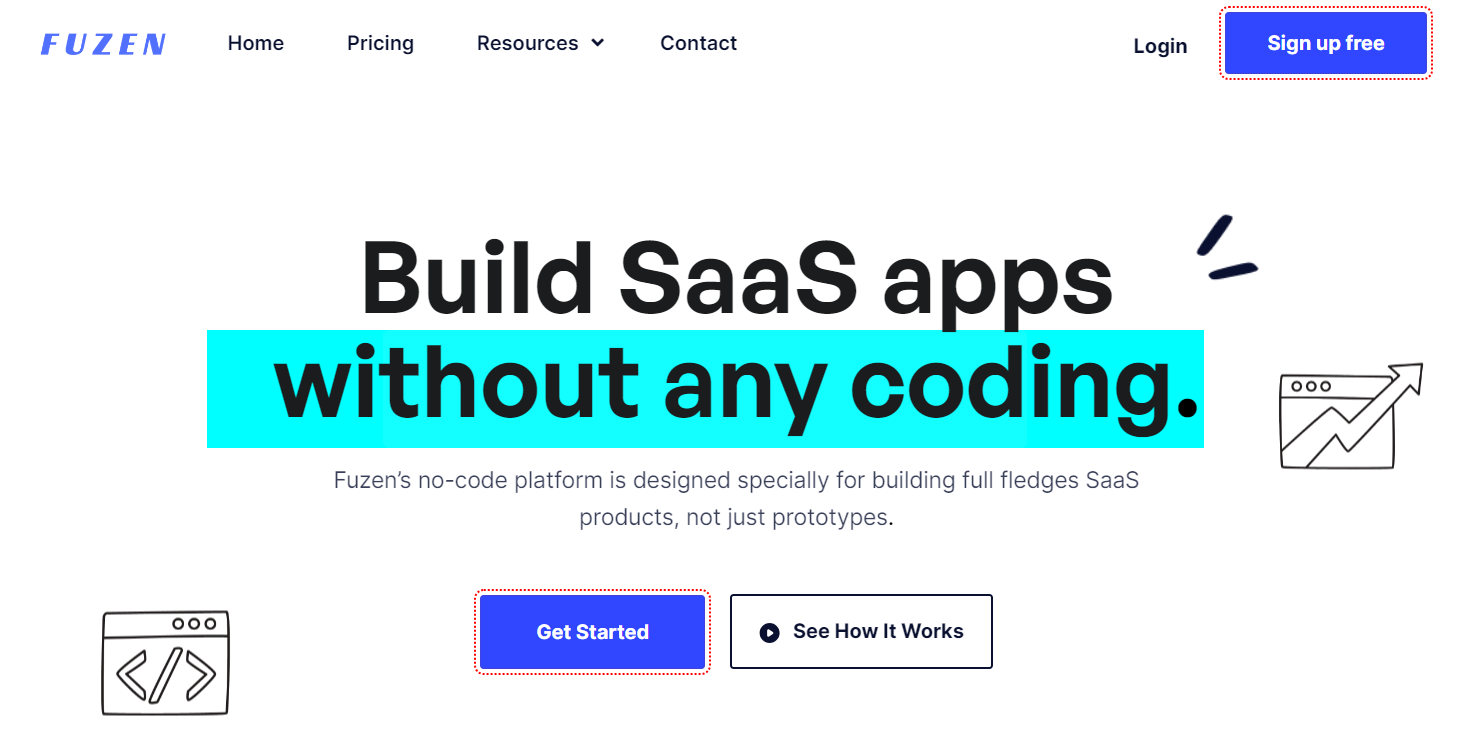Just How No-Code Devices Simplify Open System Database Creation for Everyone
Just How No-Code Devices Simplify Open System Database Creation for Everyone
Blog Article
Discover How Scalable Databases Can Be Used Without Coding to Boost Your Service Workflow
In today's busy organization environment, the capability to manage and analyze information efficiently is paramount. Scalable databases, especially when coupled with no-code remedies, supply a transformative strategy that empowers non-technical users to simplify procedures. By employing devices that require no coding know-how, companies can enhance their operational capabilities while decreasing dependence on IT sources. The genuine question lies in comprehending how these solutions can be customized to specific business demands and what possible hurdles may occur in their implementation. Exploring these facets can illuminate the path to functional excellence.
Understanding Scalable Data Sources
Scalable data sources are necessary for contemporary company operations, permitting organizations to efficiently take care of enhancing quantities of data without compromising performance. These databases are designed to grow and adapt to the transforming demands of a business, making sure that they can manage bigger datasets and even more intricate questions as organizational requirements evolve.
Comprehending scalable databases involves identifying their 2 primary kinds: vertical scaling and straight scaling. Vertical scaling, or "scaling up," involves adding more power (CPU, RAM) to an existing web server to enhance efficiency. Alternatively, horizontal scaling, or "scaling out," requires adding much more servers to distribute the load, which commonly causes better versatility and fault resistance.
Another vital aspect is the style of scalable data sources, which can be either relational or non-relational. Relational databases, such as MySQL and PostgreSQL, are structured and make use of SQL for inquiries, while non-relational databases, like MongoDB and Cassandra, use even more versatility with unstructured information.
Ultimately, understanding scalable data sources is crucial for businesses intending to take advantage of data as a calculated asset, enabling them to remain affordable in an increasingly data-driven environment.

Advantages of No-Code Solutions
Unlocking the potential of no-code services empowers organizations to improve procedures and improve productivity without the need for comprehensive programs expertise. These platforms allow non-technical individuals to develop, customize, and handle databases effortlessly, hence democratizing accessibility to technology across groups.
Among the main benefits of no-code solutions is their speed of application. Businesses can quickly deploy applications and automate processes, dramatically lowering the time spent on development cycles. This agility makes it possible for companies to react immediately to market adjustments and customer demands, fostering a competitive edge.
Furthermore, no-code systems decrease reliance on IT departments for daily jobs, permitting technical teams to concentrate on even more complicated projects that need specialized abilities. This shift not only enhances resource allotment yet likewise advertises technology within the company.
Cost-effectiveness is another advantage, as no-code solutions can decrease advancement and maintenance expenses. By decreasing the requirement for coding expertise, business can harness the abilities of their existing labor force without the expenses of employing added workers.
Popular No-Code Data Source Tools
The rise of no-code options has actually resulted in the appearance of numerous database devices that get redirected here deal with organizations seeking performance and access. These tools encourage customers with minimal technical competence to create, manage, and manipulate data sources effortlessly.

Caspio attracts attention for its ability to construct internet applications with no coding. It permits businesses to create robust databases and deploy applications swiftly, dealing with different sector demands. Similarly, Knack supplies powerful data and user-friendly user interfaces administration abilities, enabling organizations to build custom-made applications tailored to their workflows.

Usage Instances in Company Operations
Exactly how can companies take advantage of data source tools to boost their procedures? Scalable databases provide companies with effective capabilities to manage and examine data without the requirement for considerable coding understanding. These devices can improve different service processes, inevitably resulting in boosted efficiency and efficiency.
One prominent use instance is customer connection management (CRM) Organizations can use scalable data sources to track customer communications, choices, and feedback, enabling customized interaction and far better solution. By systematizing this info, groups can collaborate extra successfully and react to client needs in real-time.
One more considerable application is supply management. Business can utilize no-code Web Site data source tools to check supply degrees, track shipments, and forecast demand. This guarantees ideal stock degrees, reduces waste, and reduces stockouts.
In addition, task management can take advantage of scalable databases by allowing teams to take care of tasks, target dates, and sources in a combined system. With real-time updates and information visualization, job supervisors can make informed decisions.
Beginning With Implementation
Applying scalable databases in organization operations needs an organized approach to guarantee effective integration and use. The first step is to conduct an extensive needs evaluation, recognizing particular organization requirements, data types, and anticipated development patterns. This fundamental understanding will direct the option of the appropriate data source remedy.
Next, choose an user-friendly, no-code database system that straightens with your functional objectives. no-code. Lots of contemporary services provide instinctive interfaces, enabling non-technical customers to handle information effectively. After choosing a system, develop a clear information architecture that describes just how information will be organized, accessed, and kept
Training is important; guarantee that staff member are outfitted with the needed skills to use the data source. Think about supplying tutorials or workshops to familiarize personnel with the system's performances.
Final Thought
In conclusion, the combination of scalable databases with no-code services presents significant benefits for organization operations. These platforms encourage non-technical users to effectively take care of and examine data, facilitating improved decision-making and cooperation. By taking on devices such as Airtable and Notion, organizations can reduce and simplify processes dependence on IT resources. Eventually, leveraging these innovations can cause enhanced efficiency and functional efficiency, placing services for continual development in a competitive landscape.
One preferred no-code database tool is Airtable, which combines the performance of a spreadsheet with the power of a database.Just how can companies leverage database devices to enhance their procedures? Services can make use of scalable databases to track customer interactions, preferences, and responses, enabling tailored communication and better solution.Carrying out scalable data sources in company procedures calls for a structured strategy to guarantee successful assimilation and application.In conclusion, the combination of scalable databases through no-code solutions offers significant benefits for organization operations.
Report this page